Imagine a world where the Chicxulub asteroid never struck Earth 66 million years ago. The dinosaurs that dominated our planet for over 165 million years would have continued their evolutionary journey, potentially altering the course of life on Earth dramatically. This fascinating counterfactual scenario has captivated scientists, paleontologists, and science fiction enthusiasts alike.
What creatures might walk the Earth today? Would mammals, including humans, have ever risen to prominence? In this article, we’ll explore the compelling theories about how our world might look if dinosaurs had survived the end-Cretaceous extinction event and continued to evolve alongside other species.
The Asteroid That Changed Everything

The prevailing scientific consensus holds that approximately 66 million years ago, an asteroid roughly 10-15 kilometers in diameter crashed into what is now the Yucatán Peninsula in Mexico. This catastrophic impact triggered a chain of environmental disasters, including tsunamis, wildfires, and a global “impact winter” as dust and debris blocked sunlight for years.
These conditions extinguished roughly 75% of all species on Earth, including all non-avian dinosaurs. The event marked the end of the Mesozoic Era and opened evolutionary niches that allowed mammals to diversify and eventually dominate. Had this asteroid missed Earth or struck a different location, the evolutionary trajectory of life on our planet would have taken a dramatically different path, with dinosaurs potentially remaining the dominant terrestrial vertebrates.
Dinosaurs Were Already Evolving

Contrary to popular perception, dinosaurs weren’t evolutionarily stagnant before their extinction. Fossil evidence indicates dinosaurs were continuously adapting and evolving throughout their 165-million-year reign. By the Late Cretaceous period, we see evidence of increasingly sophisticated social behaviors, more complex brain structures in some species, and greater diversity in body plans.
Troodontids, a family of small, bird-like dinosaurs, had brain-to-body ratios comparable to some modern birds and surprisingly large brains for their size. Some paleontologists suggest these trends might have continued, potentially leading to dinosaur species with greater intelligence had they survived. The evolutionary arms race between predator and prey would have continued driving adaptations in both hunting and defensive capabilities, creating increasingly specialized dinosaur species.
The Theoretical Rise of “Dinosauroids”
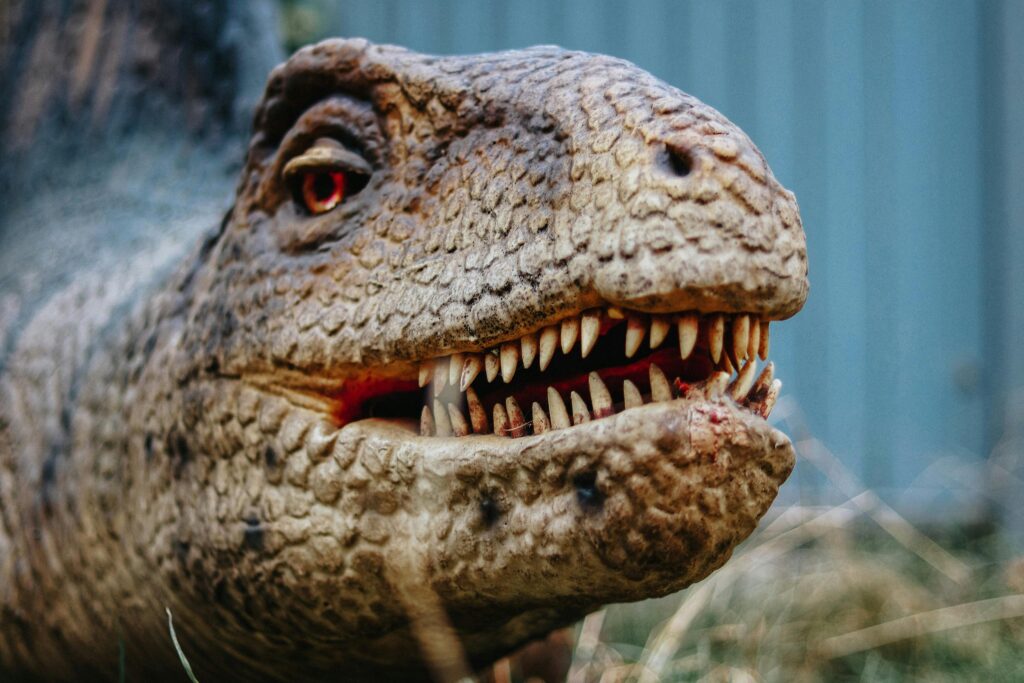
One of the most provocative theories in speculative evolution was proposed by paleontologist Dale Russell in the 1980s. Russell suggested that had troodontids continued to evolve, they might have developed into humanoid, intelligent dinosaurs he dubbed “dinosauroids.” His hypothesis was based on the troodontid Stenonychosaurus (now classified as Troodon), which had stereoscopic vision, grasping hands, and a relatively large brain. Russell’s dinosauroid possessed a larger brain case, an upright posture, and even opposable thumbs—essentially a reptilian version of a humanoid.
While modern paleontologists largely reject this anthropocentric view as too speculative and anthropomorphic, the core concept that some dinosaur lineages might have evolved greater intelligence remains plausible. More recent speculative models suggest intelligent dinosaurs might have retained more of their ancestral physical characteristics while still developing advanced cognitive abilities.
Mammals in the Shadow of Dinosaurs
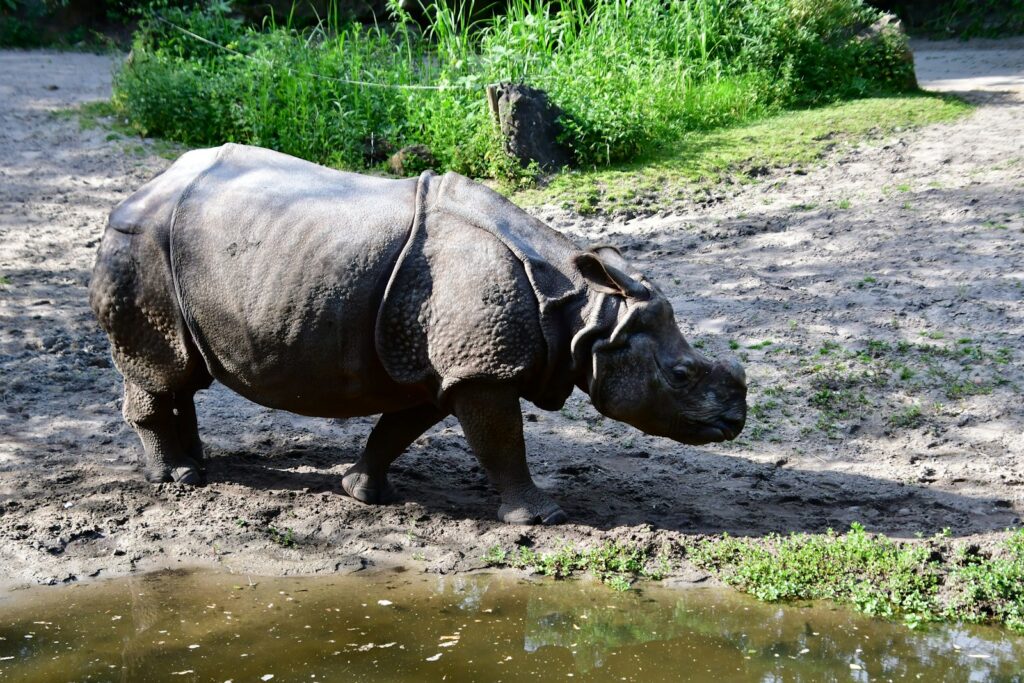
For over 150 million years, mammals existed alongside dinosaurs but remained relatively small and primarily nocturnal. Without the dinosaur extinction event, mammals might never have experienced their explosive adaptive radiation. Many paleontologists theorize that mammals would have continued to occupy specialized ecological niches but would not have become the dominant terrestrial vertebrates. The largest mammals might have remained comparable in size to modern badgers or raccoons, specializing in nocturnal lifestyles, burrowing, or other niches less occupied by dinosaurs.
This containment of mammalian evolution would have profound implications—primates might never have evolved, or if they did, might have remained small, tree-dwelling creatures. The absence of large ungulates (hoofed mammals) would have also drastically altered terrestrial ecosystems, with dinosaurian herbivores continuing to shape landscapes rather than mammals like elephants, bison, or giraffes.
Avian Dinosaurs: The Evolutionary Success Story
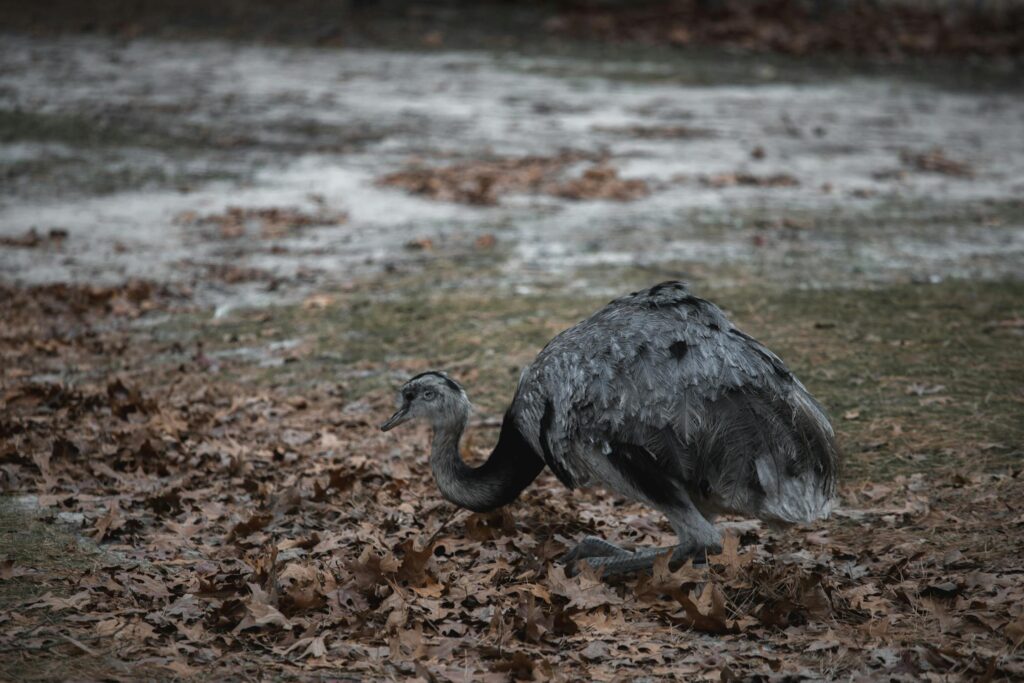
Birds—the only living dinosaur descendants—offer clues about how dinosaur evolution might have continued. Birds are technically avian dinosaurs that survived the extinction event, likely due to their small size, ability to fly, and dietary flexibility. In our alternative timeline, the boundary between what we consider “birds” and “non-avian dinosaurs” would likely be much more blurred. We might see a continuum of forms ranging from traditionally dinosaurian to more bird-like creatures.
The impressive diversity we see in modern birds—from tiny hummingbirds to flightless ostriches—suggests that dinosaurs would have continued to adapt to countless ecological niches. The 10,000+ species of modern birds demonstrate the evolutionary versatility of the dinosaur lineage. Their success across virtually all terrestrial environments and many aquatic ones suggests dinosaurs would have continued to dominate and diversify across the planet.
Cold-Adapted Dinosaurs
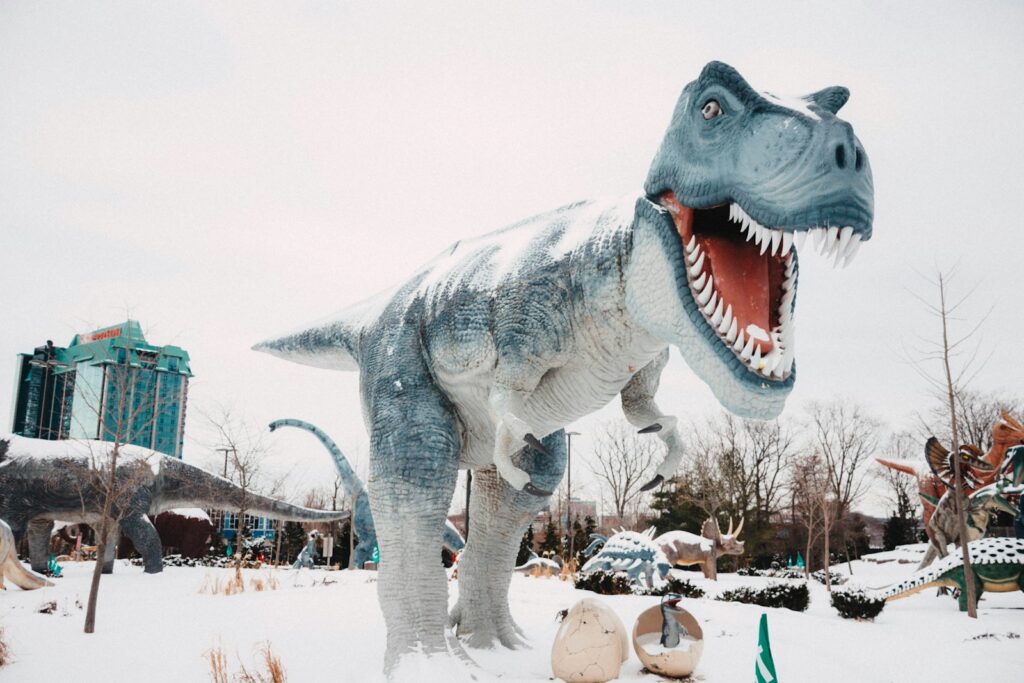
One fascinating evolutionary trajectory concerns how dinosaurs might have adapted to cooling global temperatures. The late Cretaceous was warmer than today, but Earth has experienced several cooling periods since then. Fossil evidence already shows some dinosaurs were adapting to cooler conditions—particularly in polar regions.
Discoveries in Alaska, Antarctica, and Australia have revealed dinosaur species that lived in seasonally cold environments, some potentially possessing insulation in the form of proto-feathers or true feathers. Had dinosaurs continued evolving, we might see highly specialized cold-adapted dinosaurs today, perhaps with thick insulating feathers similar to modern arctic birds or other novel adaptations for heat retention.
Some might have evolved migration patterns to avoid the coldest seasons, while others might have developed hibernation-like states. The largest dinosaurs, with their favorable surface-area-to-volume ratios, might have thrived in cooler climates where their size helped them retain heat.
The Intelligence Question
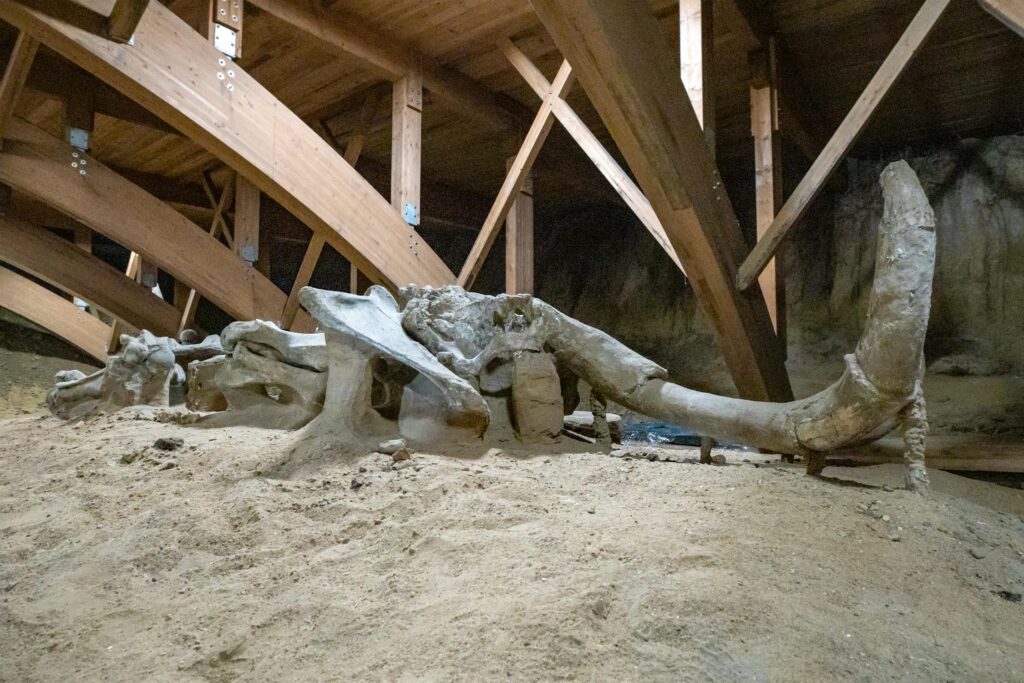
One of the most intriguing aspects of continued dinosaur evolution concerns intelligence. The fossil record indicates that some dinosaur lineages were trending toward larger brain-to-body ratios, particularly among certain theropods (carnivorous dinosaurs). Paleontologists have identified relatively complex behaviors in dinosaurs, including pack hunting, parental care, and potentially complex social interactions. Given enough time, would some dinosaur lineage have developed intelligence comparable to primates or cetaceans (whales and dolphins)?
The evolutionary pressure for greater intelligence often emerges in species that hunt in groups, have complex social structures, or need to solve environmental problems. Several dinosaur lineages showed evidence of these behaviors, suggesting that continued evolution might have yielded more intelligent dinosaur species. However, the path to human-level intelligence requires specific evolutionary pressures that might not have materialized in the same way for dinosaurs.
Marine and Flying Adaptations
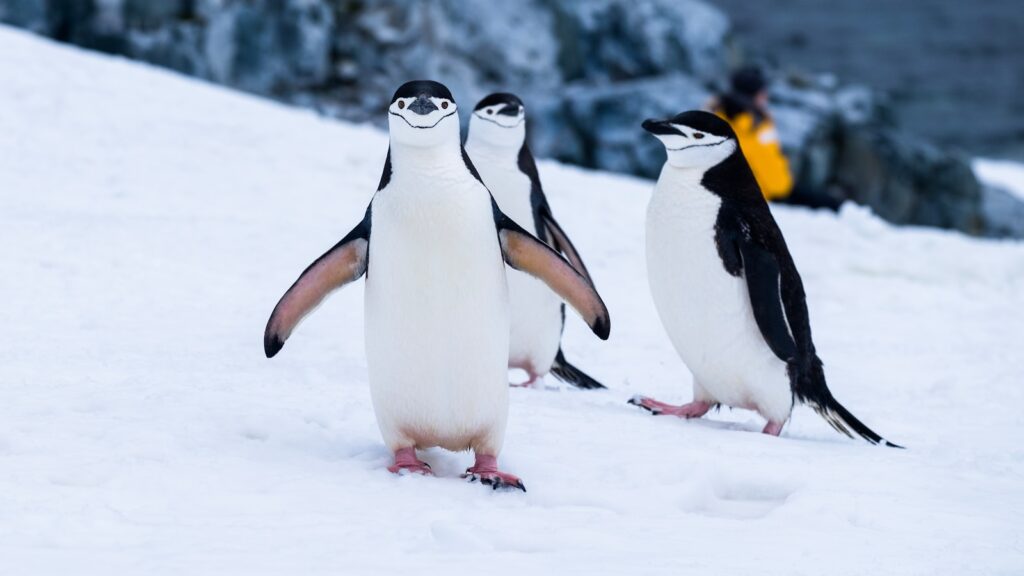
Dinosaurs had already begun exploring aquatic and aerial niches before their extinction. Spinosaurids showed adaptations for fishing and semi-aquatic lifestyles, while various flying and gliding dinosaurs had mastered the air. Had they continued evolving, we might see far more diverse aquatic and flying dinosaurs today. Some theropods might have evolved into fully aquatic forms, perhaps filling niches similar to modern seals, penguins, or even whales.
The pterosaurs—flying reptiles that were not dinosaurs but close relatives—might have continued diversifying alongside avian dinosaurs, creating a much more complex aerial ecosystem than we see today. Competition between pterosaurs and birds might have driven both groups to develop more specialized adaptations for different flying niches. In the oceans, dinosaurs might have competed with marine reptiles like mosasaurs and plesiosaurs, potentially developing convergent adaptations for marine life.
The Fate of Dinosaurian Megafauna

The Mesozoic Era was notable for supporting massive terrestrial animals, with some sauropod dinosaurs reaching lengths over 30 meters and weights exceeding 70 tons—far larger than any terrestrial mammals that have ever existed. Would these giants have persisted to the present day? Some paleontologists suggest that changing conditions might have favored smaller body sizes over time. Cooling global temperatures, changing plant communities, and evolving predator-prey dynamics might have driven a trend toward more moderate-sized dinosaurs.
However, the success of large-bodied dinosaurs across multiple environmental shifts during their 165-million-year reign suggests remarkable adaptability. We might still see descendants of sauropods browsing in forests and grasslands, perhaps filling ecological roles similar to modern elephants and giraffes, but potentially much larger. Their continued presence would have dramatically shaped plant evolution and ecosystem structure across continents.
The Human Question: Would We Exist?

Perhaps the most profound question in this counterfactual scenario is whether humans would ever have evolved. The scientific consensus strongly suggests that without the dinosaur extinction event, primates—much less humans—would never have appeared. Mammals remained small and specialized throughout the entire 165-million-year dinosaur reign, with no indication this pattern was changing before the extinction event.
The evolutionary path leading to primates required specific environmental conditions and ecological opportunities that likely wouldn’t have existed in a dinosaur-dominated world. Even if some primate-like mammals had evolved, they would likely remain small, tree-dwelling creatures adapted for nocturnal living to avoid dinosaur predators.
The development of human-like intelligence might still have occurred in some species, but it almost certainly wouldn’t have been in a human ancestor. Our existence is essentially the result of an astronomical accident that reset Earth’s evolutionary trajectory.
Grasslands and Their Impact

One significant environmental change that occurred after the dinosaur extinction was the rise of grassland ecosystems. Grasses didn’t become widespread until approximately 30-40 million years ago, well after dinosaurs disappeared. In our alternative timeline, dinosaurs would have encountered these emerging ecosystems, potentially adapting to them in fascinating ways. We might see dinosaurian equivalents of grazing mammals, perhaps with specialized teeth for processing silica-rich grasses and social structures for protection in open habitats.
The co-evolution of grasses and dinosaur grazers would likely produce different grassland ecosystems than those we see today. Grasslands might develop different defensive adaptations against dinosaur herbivores compared to those they evolved against mammalian grazers. These altered grasslands would, in turn, influence the evolution of other plants and animals, creating ecosystem dynamics quite different from our current world.
The Climate Question
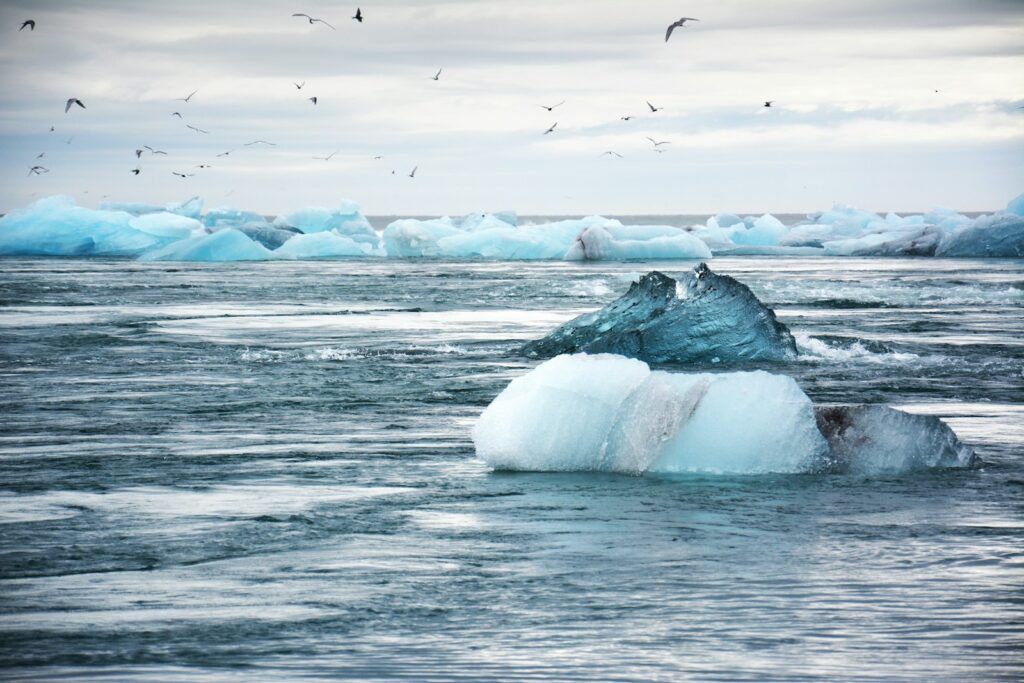
An intriguing element of this alternative evolutionary history concerns how dinosaurs might have influenced—and been influenced by—Earth’s changing climate. Massive dinosaur herbivores could have significantly impacted vegetation patterns and carbon cycles. The digestive systems of large sauropods likely produced substantial methane emissions, potentially affecting atmospheric composition.
As Earth naturally cycled through warmer and cooler periods, dinosaur adaptability would be tested. The Paleocene-Eocene Thermal Maximum (a period of rapid warming about 56 million years ago) might have driven different evolutionary adaptations than what occurred in mammals.
Similarly, the gradual cooling trend leading to recent ice ages would have presented challenges for dinosaur species. How dinosaur-dominated ecosystems would respond to these climate shifts offers fascinating speculation for paleontologists and climate scientists alike, particularly given contemporary concerns about climate change.
Scientific Methods for Exploring Alternative Evolution

While speculative evolution might seem purely theoretical, scientists use several rigorous approaches to develop reasonable hypotheses about alternative evolutionary pathways. Comparative anatomy allows researchers to identify evolutionary trends in dinosaur lineages that might have continued. For example, examining the progressive changes in brain case size relative to body mass helps predict potential cognitive evolution. Fossil evidence of behavioral adaptations, such as nesting sites and trackways showing group behavior, provides clues about social evolution.
Environmental modeling helps scientists understand how dinosaurs might have adapted to changing conditions, while developmental biology reveals constraints on possible adaptations. Modern computational approaches, including evolutionary algorithms, can model possible evolutionary trajectories based on selection pressures. These methodologies help ground speculative paleontology in scientific principles rather than pure fantasy, although significant uncertainty inevitably remains in such counterfactual scenarios.
Conclusion: A Different World
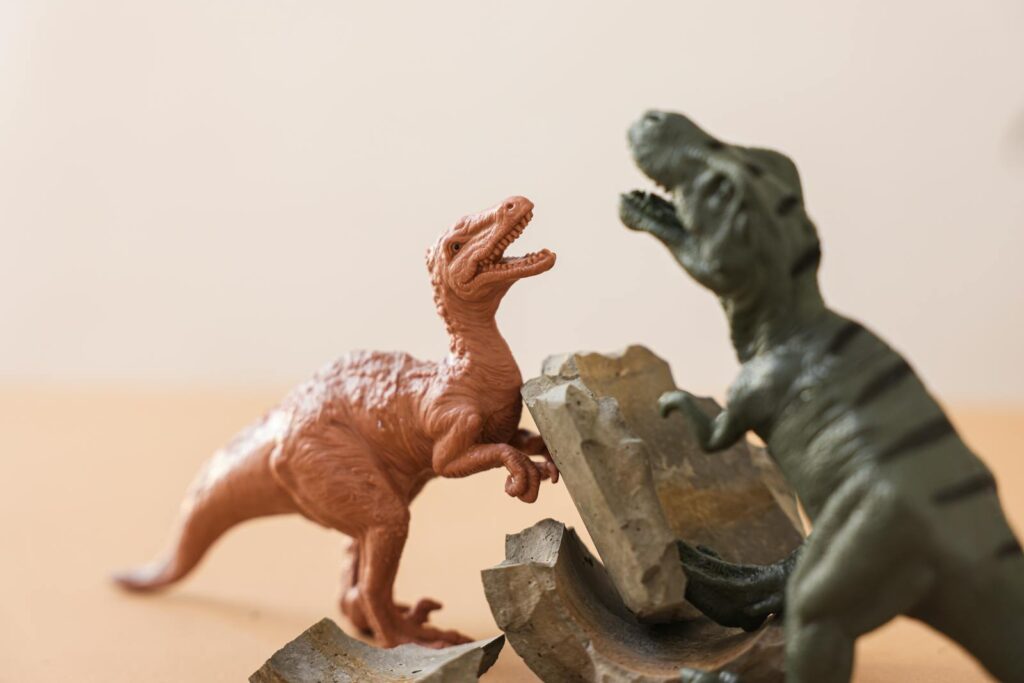
A world where dinosaurs never went extinct would be profoundly different from our own. The continued dominance of dinosaur lineages would have altered everything from global ecosystems to the composition of the atmosphere. Mammals, including our primate ancestors, would likely remain small, specialized creatures rather than the dominant vertebrates they became. While we can never know exactly how evolution would have proceeded, scientific principles allow us to make educated speculations about this alternative Earth.
Perhaps most humbling is the recognition of contingency in evolutionary history—our very existence as a species depended on a chance cosmic impact. The fascinating field of alternative evolutionary history reminds us how precarious and remarkable our own evolutionary journey has been, while giving us a deeper appreciation for the complex and incredible dinosaur lineages that dominated Earth for far longer than mammals have.




